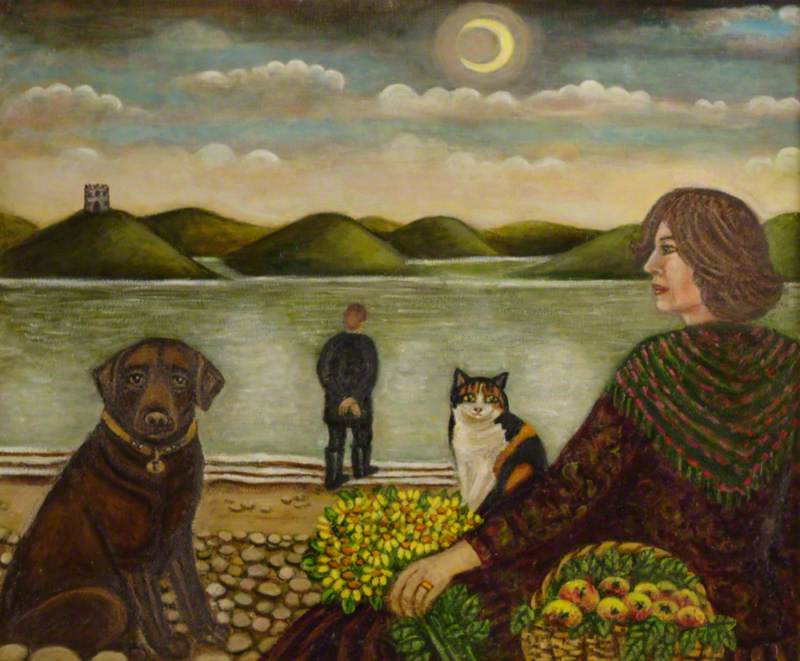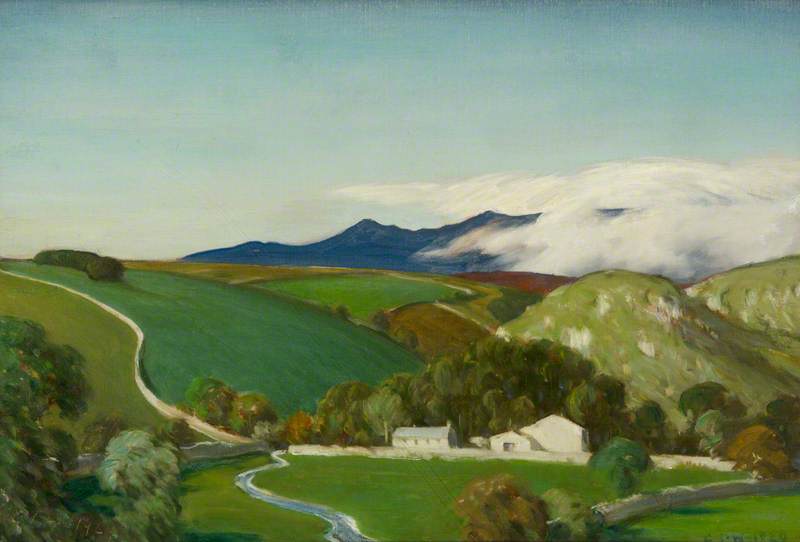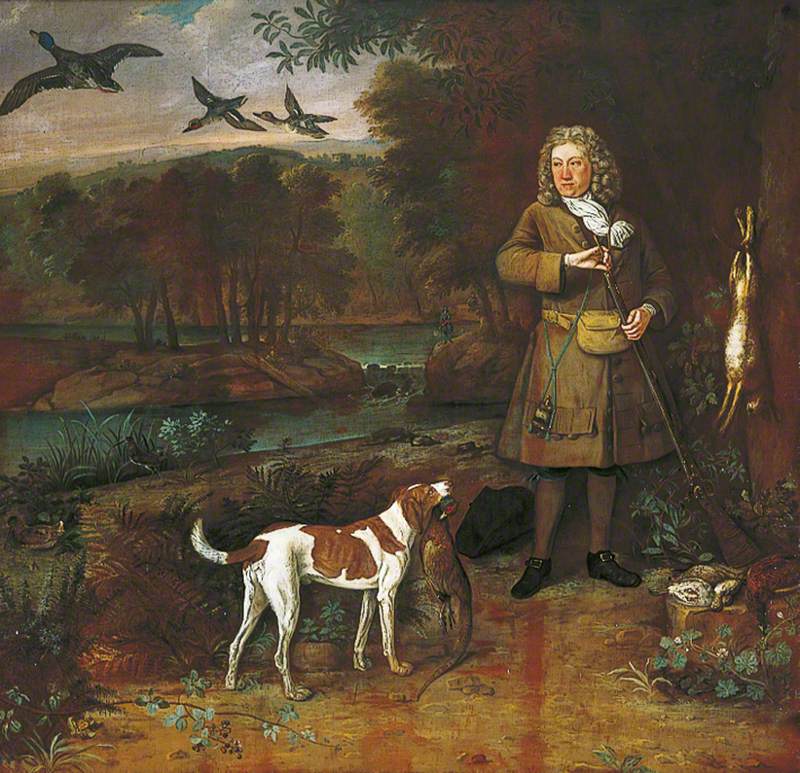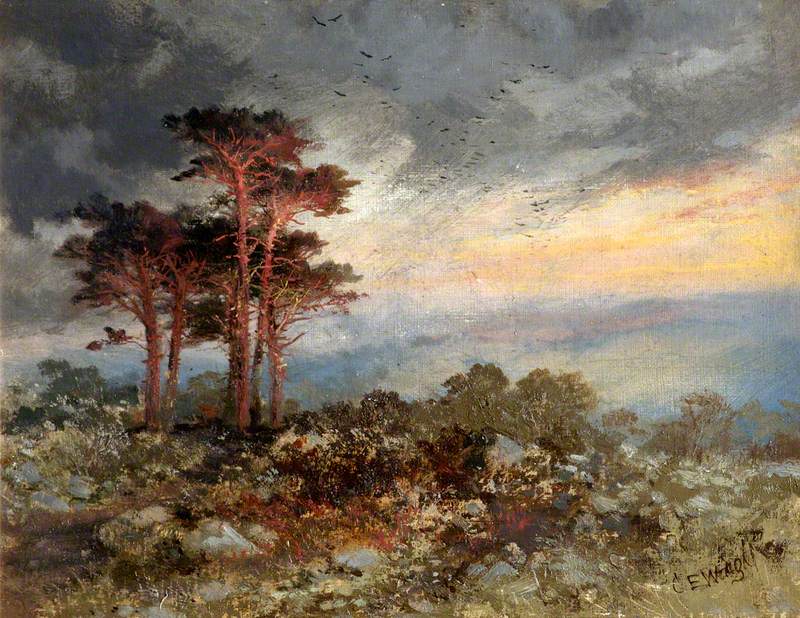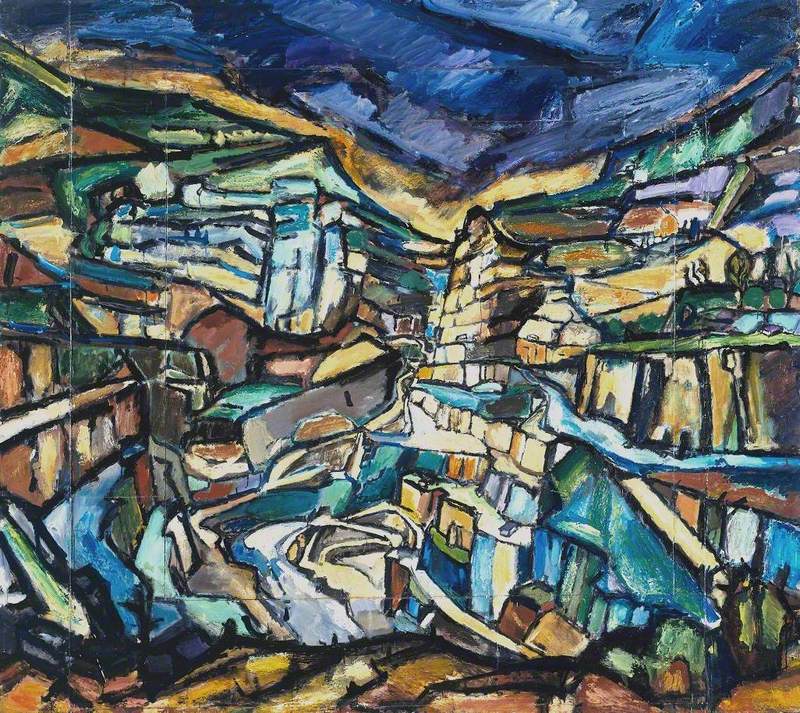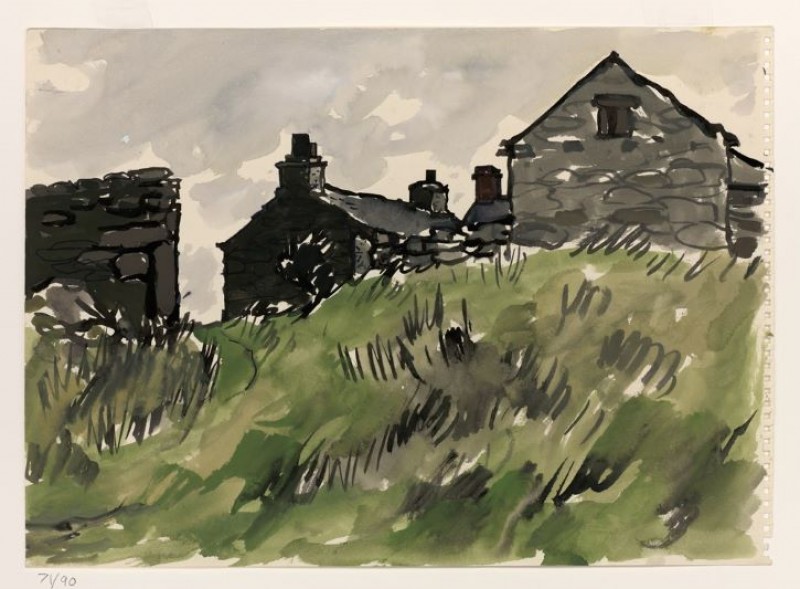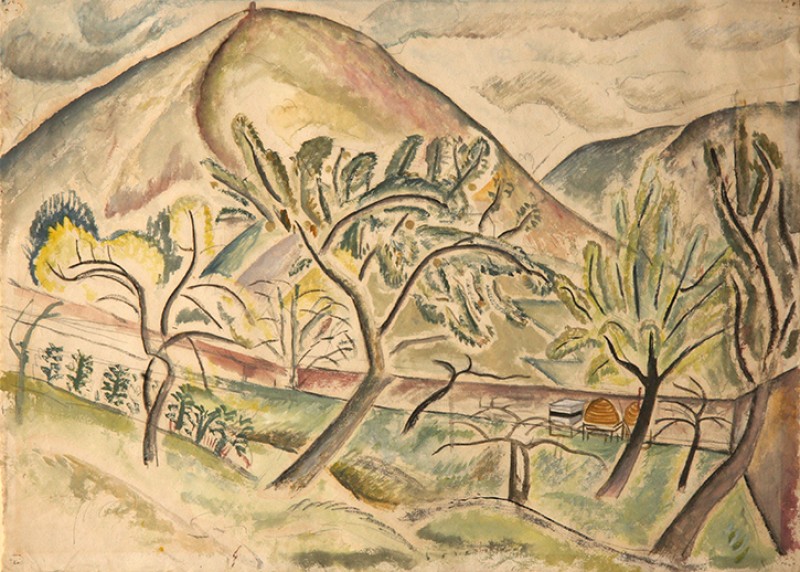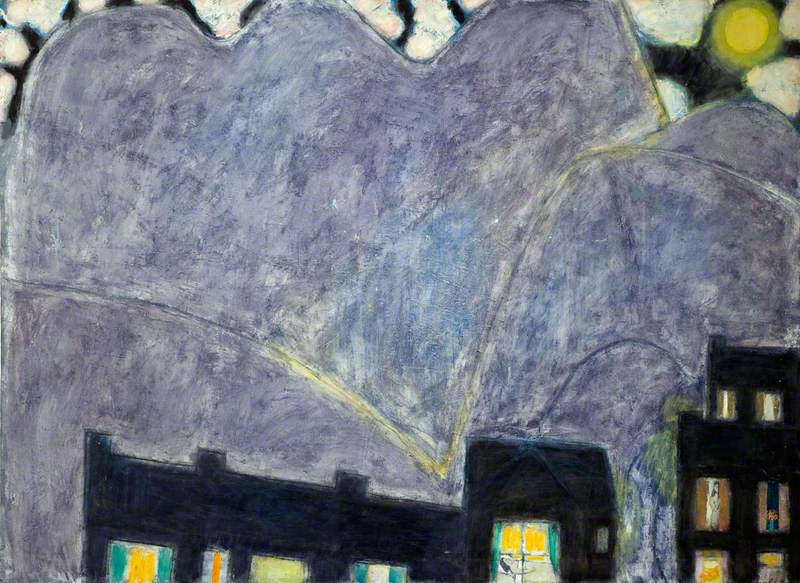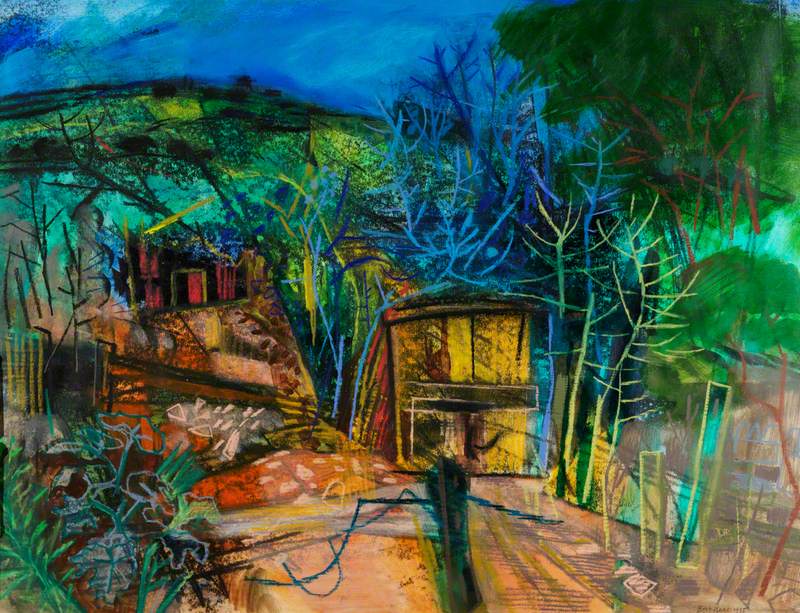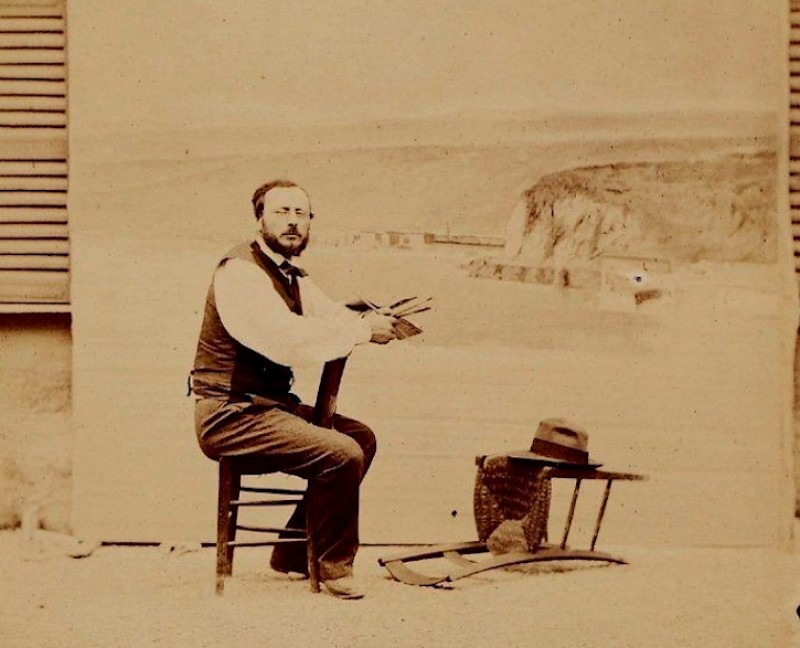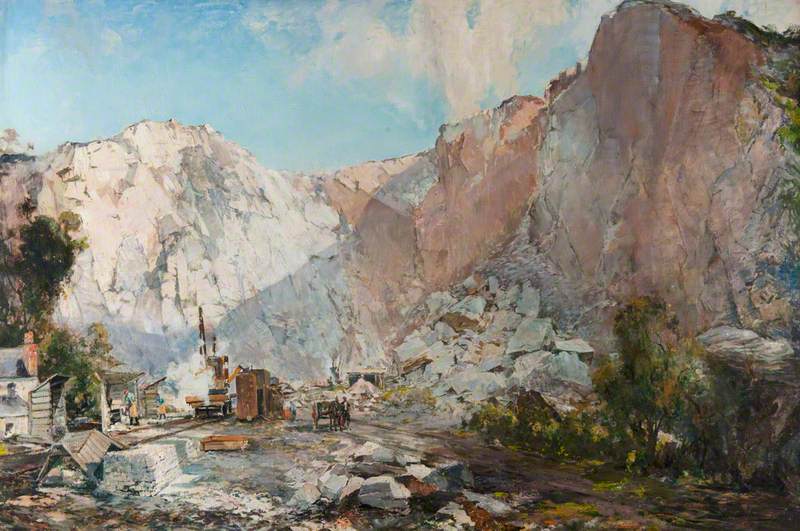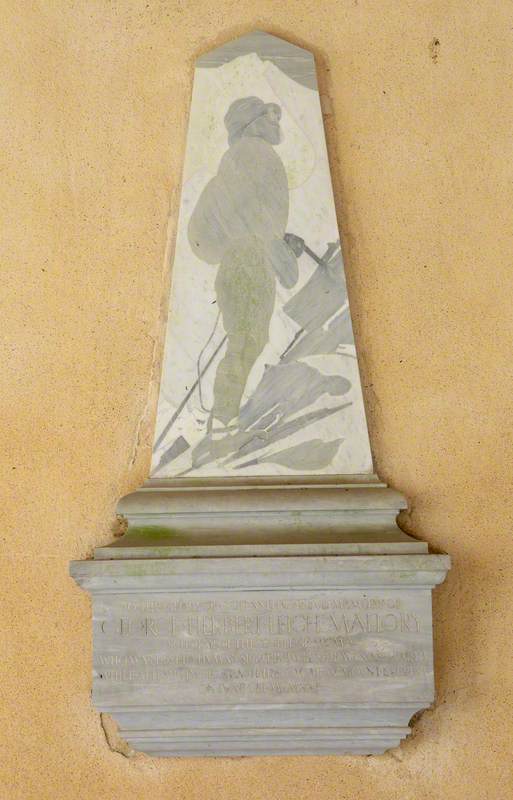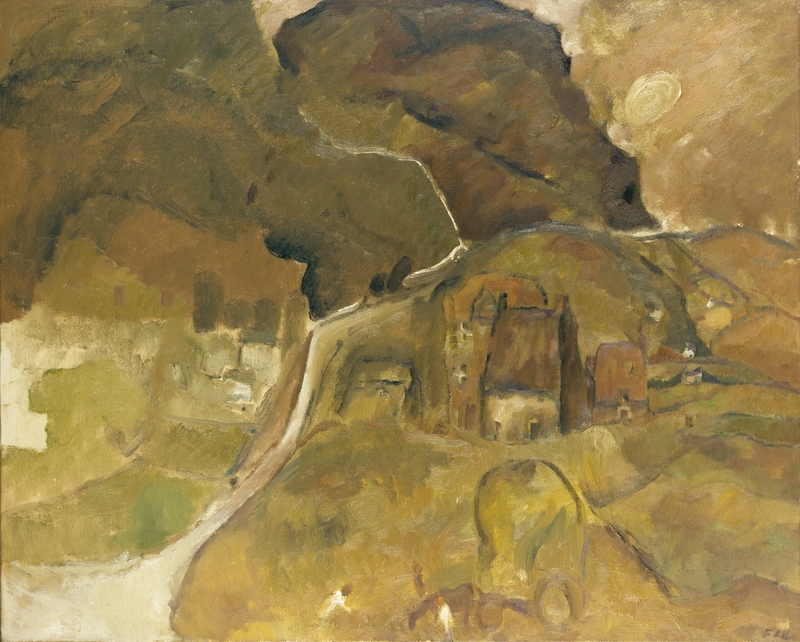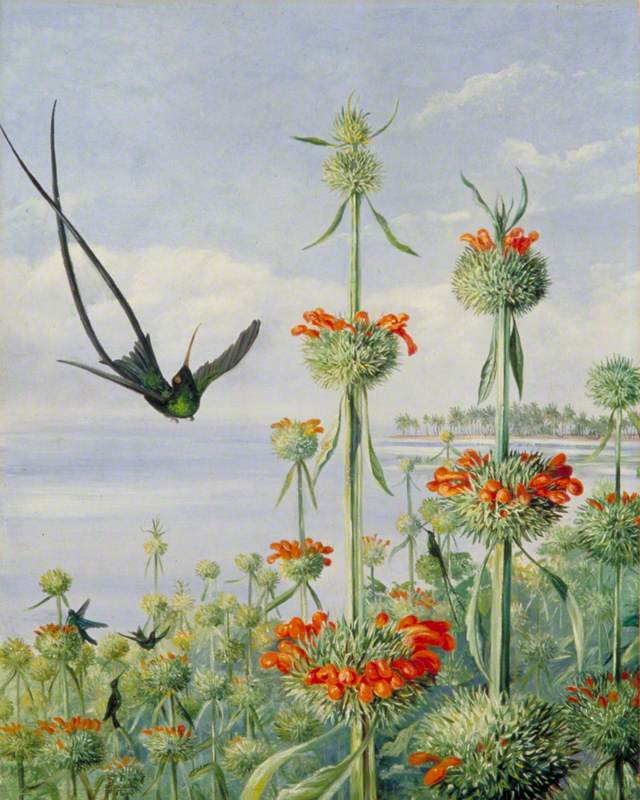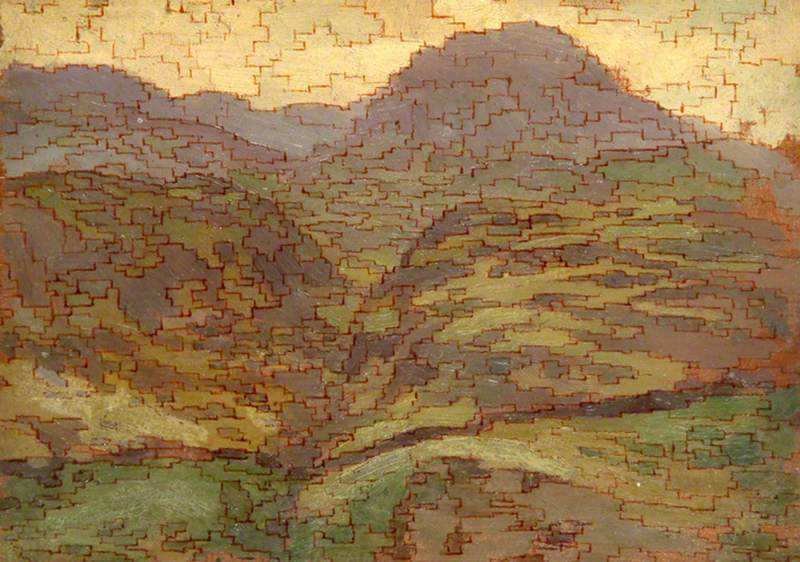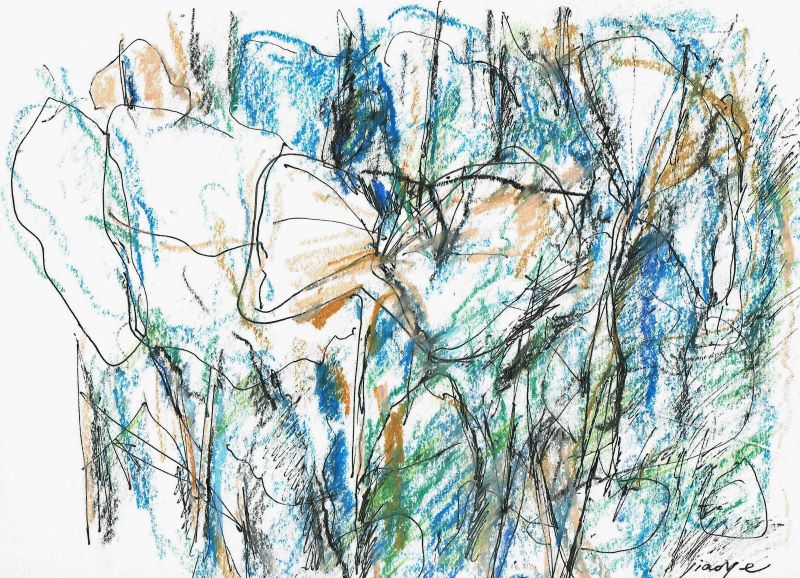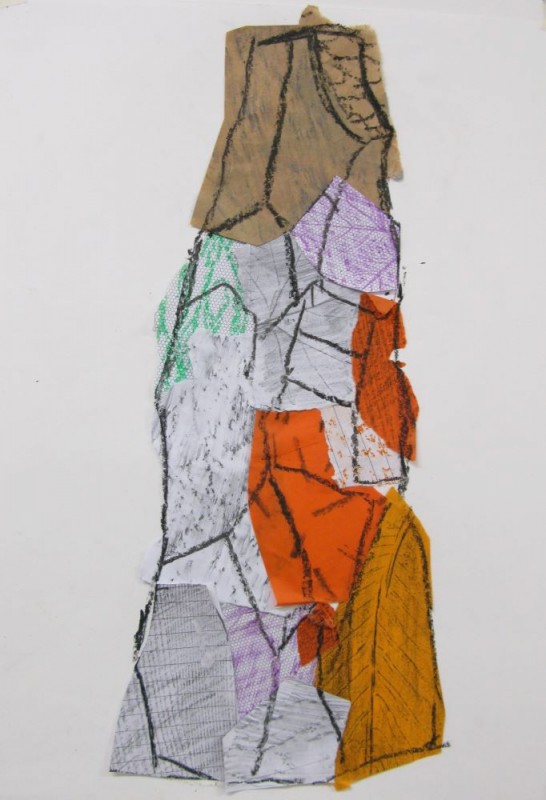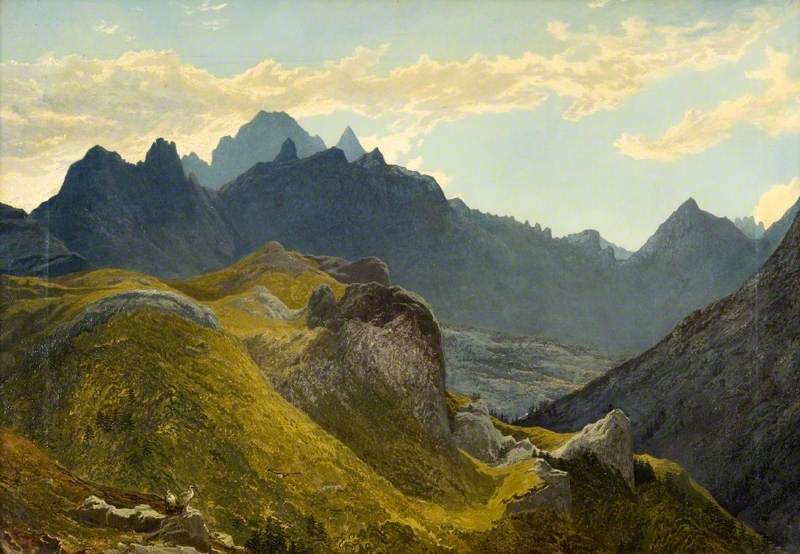
Image credit: Glasgow Life Museums
Mountainous landscapes represented wildness and danger in earlier centuries and this was how artists depicted them, in contrast to the productivity of the managed countryside. But in composing a painting, mountains played a vital role in framing the idealised ‘classical landscape’.
The location of the Alps, between Italy and northern Europe, was important in the history of European art.
Read more
They kept two artistic traditions apart but also forced artists and travellers to experience them. During the eighteenth century, increased travel, better roads and better guidebooks slowly enabled mountainous regions to be appreciated artistically. Tourists learned to actively enjoy the fear of travel through gorges and across raging torrents, and in the nineteenth century mountain landscapes became a destination in themselves.


